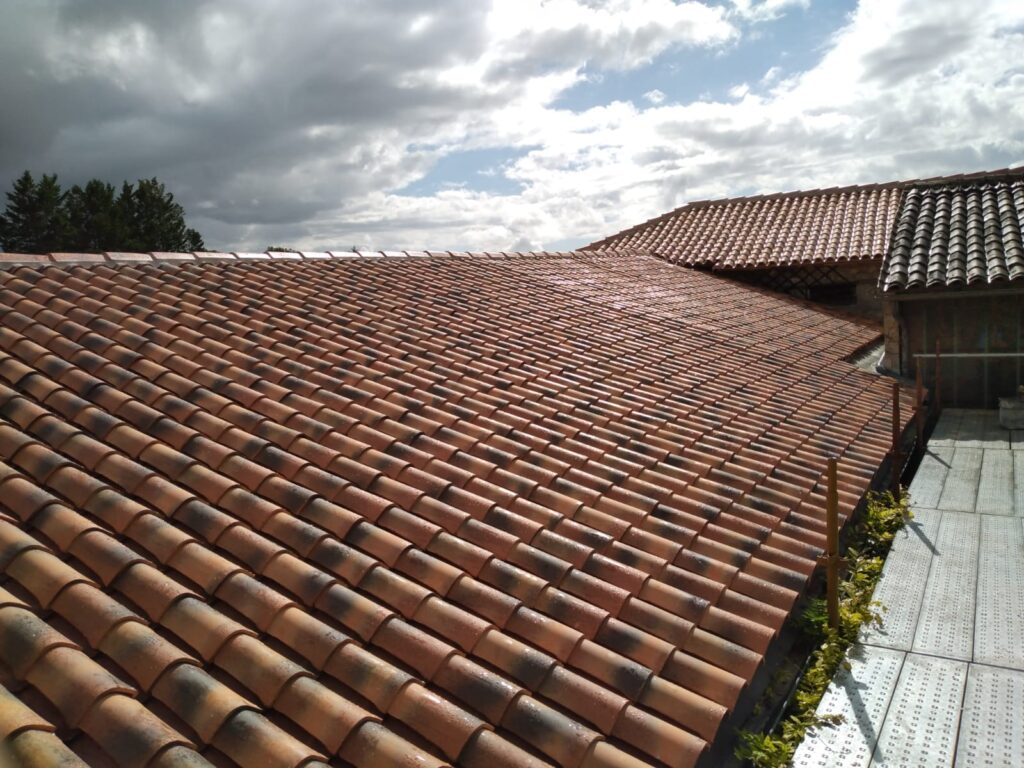
The price of materials and labour in the construction market in France have seen significant increases over the last few years. This article will outline the major causes and give our predictions for the future of the construction sector in France.
What are the causes of the increase in the price of construction materials?
The predominant cause of the increase in the price of construction materials over the past few years (2020-23) has been the Covid-19 pandemic. The closure of numerous production facilities led to delays in manufacturing, creating a supply-demand imbalance once lockdowns were lifted. The global surge in demand, coupled with a shortage in supply, led to a significant increase in the price of construction materials.
Following this, the war in Ukraine severed trade relations with Russia, a significant supplier of raw materials including steel and aluminium, which exacerbated the material shortage.
Further compounding the issue, certain markets slowed down their exports to respond to the demand of their own domestic market, as for example China and wood exports.
What types of materials are impacted?
The materials affected by the increase in prices over the last two years are mainly the following: construction and formwork wood, steel, aluminium, iron, bitumen, PVC, glazing, plaster, paint, glue, adhesives, tiles and stoneware.
The price increases have repercussions across various construction sectors, including structural work, servicing, new construction, layout, carpentry, maintenance, renovation or even energy renovation.
Moreover, apart from material expenses, which account for approximately 30% of construction company costs, rising electricity and fuel costs have further inflated expenses.

What are the causes of the increase of in the cost of labour?
The Covid-19 pandemic caused large labour shortages across the country due to the inability to find workers and to provide safe conditions for work. The cost of skilled workers is also higher following the pandemic owing to the increased minimum wage and lower demand for jobs.
What are the consequences on the activities of building professionals?
The construction sector is having to navigate additional challenges in the market owing to the increasing cost of labour and construction materials.
As the cost of material and labour has increased, supply times have become uncertain which impacts project completion timelines.
Furthermore, companies are compelled to adapt by reorganizing their teams in response to increased labour cost and labour shortage.
What does this mean for clients?
The above consequences of the changes to the construction sector have led construction companies to adjust their pricing.
Furthermore, when issuing quotes to clients, the length of time a quote is valid for has reduced to account for the rise of material and labour costs, with further clauses and reservations added to contractual documents to address these challenges.
How will the price of construction evolve in 2024? What does this mean for upcoming construction projects?
Industry estimates suggest that material and construction costs are unlikely to decline significantly in 2024. A moderate increase of approximately 4% is expected, which, while more reasonable than previous years, will still pose challenges.
While material inflation may be showing signs of slowing down, there remains significant pressure on wage inflation. This is primarily due to skill shortages, a situation that is likely to worsen due to a shortage of younger junior workforces entering the trades.
If you are contemplating delaying the start of a project in anticipation of a reduction in costs, it is important to recognise that this is unlikely to materialize within the foreseeable future as experts forecast a continuation of the upward trajectory in overall costs.
